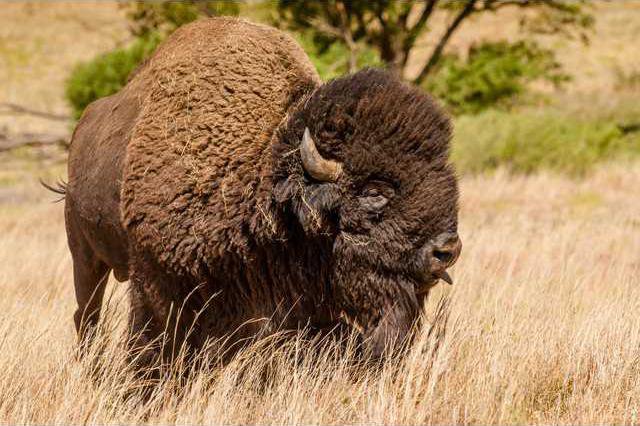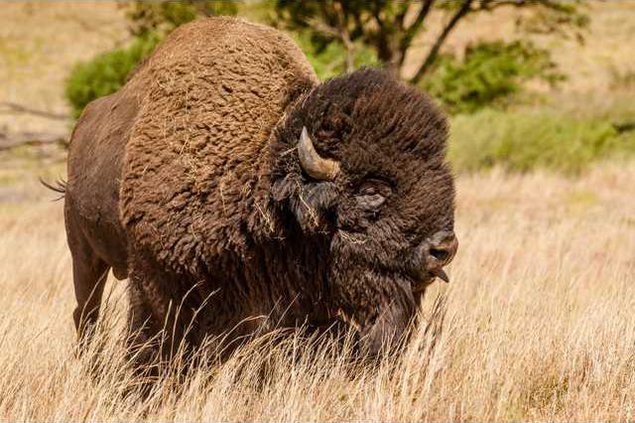When I retired a few years ago, I reflected on my mission statement for moving here in 1990. The Cheyenne Bottoms held some sort of attraction that required me to leave the city and get closer to this place. I never looked back.
I have hunted hard and hardly with some of the best and worst and funniest hunters. It has been a most pleasant journey to work out a path that includes photography. Buying a camera instead of a fancy car or a retirement home was the epiphany for me. Photography has opened lots of doors and converted retirement into a daily adventure that presents new ideas, challenges, and pure fun into my life. To be able to share some of this with you through the Tribune expands the pleasure in a huge way. My suspicion is that it entertains me more than you—but thanks to each of you that read it. Mr. Hogg is very generous to support my habit.
The most serious side of photography is documentary. The stories of conflicts, disasters and tragedies show the facts of life and the human condition. Everyone can recall a photograph that impacted or changed their lives.
There is a select group of photographers that use their skills to expose the decline of natural habitat and species and dedicate themselves to preserving our natural world which shrinks daily. Ansel Adams was the first photographer that stopped me in my tracks. He is considered the father of conservation photography. I still marvel at his work. A young man named Michael Forsberg is a conservation photographer from Nebraska that has a beautiful book dedicated to the central part of our country. Protecting the buffalo, gorillas, pandas, whales and our “America the Beautiful” is a daily challenge. You will start to see pictures of the wind farms displayed as dinosaurs on our landscape and how they have impacted the landscape view of our country. There will be protests against these machines since they have gained legislative protection from killing eagles, whooping cranes and other birds for 30 years in some cases. There are already documentaries on the impact of ethanol production that reportedly uses too much water and energy in the production process. The horrible toll on our waterways by pollution is seen daily in the media. There are pictures of the ice cap shrinking and the “global warming” theory is apparently true—2016 was the hottest year on record. The photographs of the ice cap shrinking are not fake. I have no idea whether or not mankind is causing it. My personal suspicion is that airplanes are spewing out more pollution than my light bulbs and trash, and that might be a place to start-- but they won’t.
On the local level, we have some photographic heroes. Jim Griggs has dedicated a huge hunk of his life to wildlife and conservation photography and manages the “Great Plains Nature Photographers” that has almost 2,000 members. I am awed by the quality and direction of this group. Jim Glynn here in Great Bend has been photographing local wildlife since the 1950’s. He has more boxes of slides than I have pictures. Jay Miller, Karole Erickson and Rob Graham are published award-winning photographers from our local club. We lost Marion Lightfoot and Wendall Hickson last year—they were icons in our area.
Look at the latest edition of the Wildlife/Parks magazine which is the photographic edition dedicated to the “Texture of Kansas.” Nadia Reimer and Mark Miller did a beautiful job with this project and you will be happy to see the excellence of local photographers among the contributors.
Cheyenne Bottoms is alive and well. Eagles, geese, hawks, ducks— are busy surviving the ice and cold that jumped on us last week. My friend Pat Cale saw three armadillos on the main dike road a couple of days ago. You will have to excuse me now—I have to get the camera and go get a picture of those little guys if I can find them!
Doc
Marsh Musings
Photography and Wildlife





